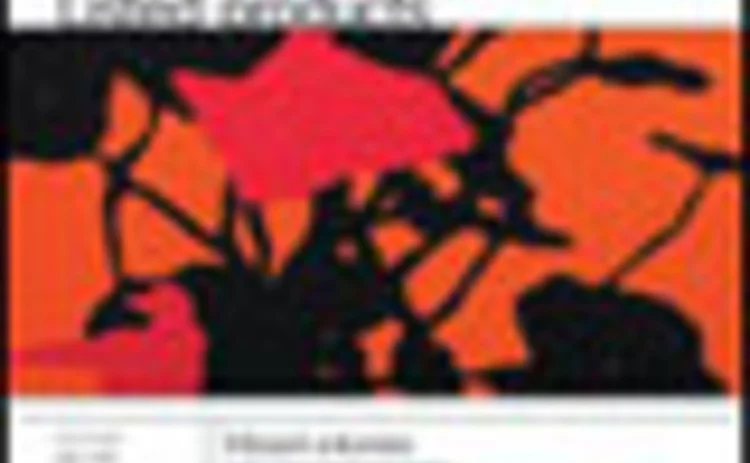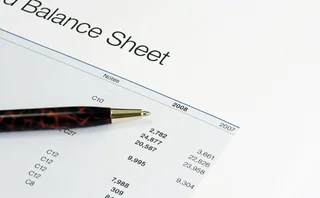
The objective strategy
BNP Paribas’ merger arbitrage fund is outperforming. Its objectivity is a key factor behind its success. Matthew Crabbe reports

The companies are selected by an algorithm developed by Eric Trouslard of BNPParibas’ equity financing division. Aside from the fact that there are15 different inputs into that algorithm, BNP Paribas isn’t revealing anythingabout its stock selection and weightings. But the key thing, says the bank, isthe objectivity of the selection. Because it is unadulterated by market rumouror press reports, the index represents a contrarian strategy that stands to benefitfrom the narrowing and widening of spreads as other merger arbitrageurs rushin and out of position in herd-like fashion.
The algorithm ensures that the composition of the index is completely objective,BNP Paribas says. The number of company share pairs will rise and fall with thelevel of activity in the merger market, and a pair will be dropped from the indexin the event of the formal announcement of either a merger or the collapse ofmerger talks, or if the spread between the ‘target’ or ‘predator’ companyin the pairing reverses so that the target simply becomes too expensive.
Another advantage of the fund over a hedge fund alternative is that the investordoes not have to pay hedge fund-style performance fees or financing costs.
The performance of the fund indicates that the principle works. Back in 2000,at the height of the mergers and acquisitions (M&A) boom, the fund returned33%. Even when the market collapsed in 2001 and 2002, the fund still outperformedthe hedge fund merger arbs, returning 5% and 8.08% in those two years (see figure). “Ifthe M&A market is now set for a recovery, then we believe the fund will dowell too,” says Nicolas Blanchy, global head of equity finance at BNP Paribas.
Until recently, the merger arb fund has been traded on an over-the-counter basis.The COB, the French securities regulator, prohibits the sale of the hedge fundproducts to retail investors and the fund has only been available to qualifiedinvestors.
In February, however, BNP Paribas recruited the Euronext.liffe exchange to compilethe index for the fund. While a merger arb index product may not have widespreadappeal, Vincent Remay,
Euronext.liffe’s Paris-based director for equity products, says the exchangewould like to introduce listed products based on alternative investments forfund managers. A listed product would mean more liquidity in the merger arb indexwill make it easier to price derivatives, equity swaps and other leverage productsbased on it, says Blanchy.
Only users who have a paid subscription or are part of a corporate subscription are able to print or copy content.
To access these options, along with all other subscription benefits, please contact info@risk.net or view our subscription options here: http://subscriptions.risk.net/subscribe
You are currently unable to print this content. Please contact info@risk.net to find out more.
You are currently unable to copy this content. Please contact info@risk.net to find out more.
Copyright Infopro Digital Limited. All rights reserved.
You may share this content using our article tools. Printing this content is for the sole use of the Authorised User (named subscriber), as outlined in our terms and conditions - https://www.infopro-insight.com/terms-conditions/insight-subscriptions/
If you would like to purchase additional rights please email info@risk.net
Copyright Infopro Digital Limited. All rights reserved.
You may share this content using our article tools. Copying this content is for the sole use of the Authorised User (named subscriber), as outlined in our terms and conditions - https://www.infopro-insight.com/terms-conditions/insight-subscriptions/
If you would like to purchase additional rights please email info@risk.net
More on Exchanges
Asia’s ETF assets on the rise – HKEX presents the results of Asia ETF survey 2019
Asia’s total ETF assets surged by 23.9% in the first half of 2019 thanks to an increasing adoption of ETFs into investment portfolios. According to a survey conducted by Hong Kong Exchanges and Clearing (HKEX), asset expansion in Asia’s ETF market is set…
NYSE Offers Exchange-Calculated Bitcoin Index, with More to Come
NYXBT will initially be based off data from Coinbase Exchange.
Deutsche Börse to set up Europe's first multi-asset RMB platform
German exchange group signs joint venture deal with CFFEX and Shanghai Stock Exchange
Exchange Revenue Figures Rise, Fall; Data Revenues Continue Steady Increase
A mostly positive mix of Q1 results also yield big increases in data revenues for some exchanges.
Lift-off for ASX Aussie dollar swap clearing business
Volumes jump following revamp of Sydney bourse's clearing incentive scheme
Exchange Data Revenues Make Positive Start to 2015
Acquisitions made up for some shortfalls in exchange revenues
CME looks to local banks for FX liquidity in emerging markets
Chicago-based exchange targets China, India and LatAm growth
Most read
- Top 10 operational risks for 2024
- Top 10 op risks: third parties stoke cyber risk
- Japanese megabanks shun internal models as FRTB bites







